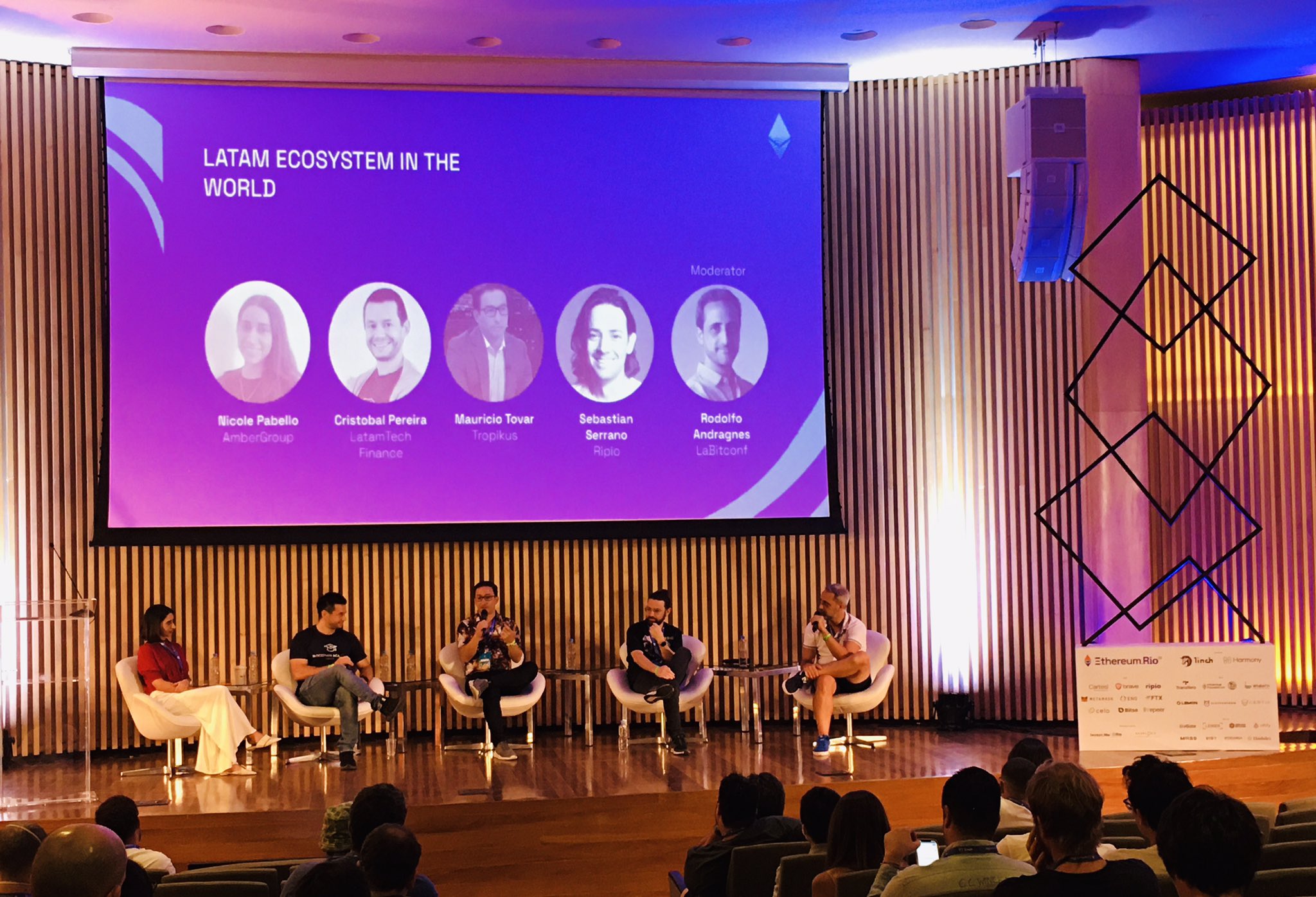After two years of hard work, the Conflux Network will be officially launched. Here, we provide a detailed overview of our path to mainnet.
Unlike most of the peers, Conflux designed a three-phase launch plan to roll out the functionalities and the features step-by-step. The reasons for such a design are two-fold.
Firstly, to guarantee the network stability in the early stage and to shake out all the bugs of major functionalities, e.g. in the Conflux cross-chain protocol. Secondly, Conflux targets to bring applications and meaningful transactions onto the network along with each of the three phases, so that by Phase III, there will be an established Conflux ecosystem, instead of an empty network.
Conflux believes such a three-phase design is a healthier approach for the network as well as for the whole industry in the long run.
Phase I — Pontus
In Phase Pontus, the Conflux Decentralized Finance (DeFi) Solution will be launched.
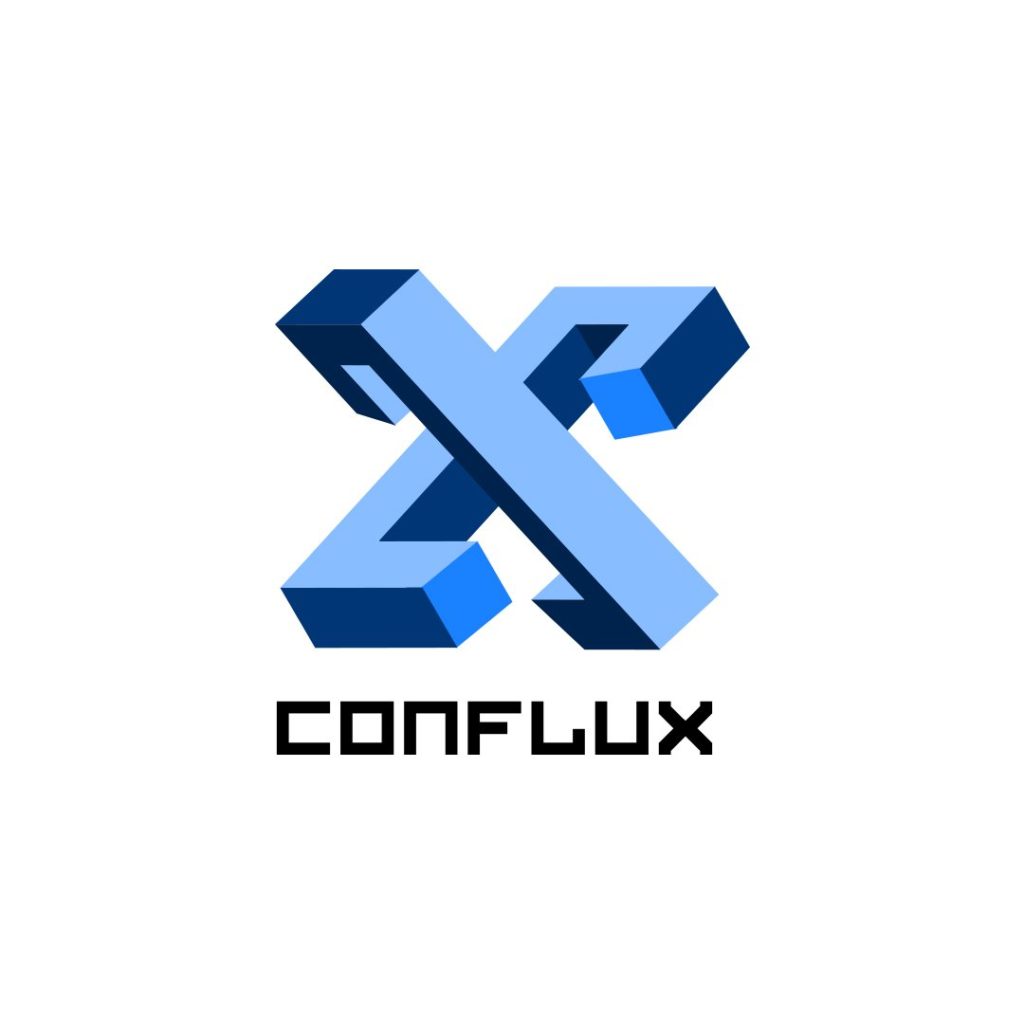
Conflux Network, a high-performance PoW public protocol, is by nature one of the most suitable ground layer solutions for the DeFi ecosystem.
In order to push the development of our DeFi ecosystem, our technical team has developed a cross-chain protocol — ShuttleFlow. The cross-chain protocol provides the user with a secure, efficient and convenient way to bridge their assets across various chains.
In the beginning, Conflux and our ecosystem partners will form a cross-chain custodian alliance to securely map various mainstream assets like BTC, ETH, or USDT onto the Conflux chain by using multi-signature technology. The Conflux Foundation will reward the assets brought onto the Conflux Network and at the same time, compensate users in case they lose their assets due to technical problems or bugs in the cross-chain protocol.
In the early stages of the Shuttleflow cross-chain protocol, we’ll be inviting members of the cross-chain custodian alliance by invitation. It will also include current Conflux ecosystem partners, a well-known cryptocurrency wallet, custodian service, and stable-coin providers.
The list of the alliance members and multi-signature custodian contracts will be public and for everyone to monitor at all times. As the cross-chain alliance will grow and evolve, it will gradually move towards an autonomous operation and provide more services to the users.
Besides Shuttleflow, Conflux community developers (shoutout to Justin and Sophia) and the Conflux team have jointly created the decentralized transaction protocol — BoomFlow.
BoomFlow features instant exchange contracts and a high-frequency matching engine to ensure smooth and highly efficient operations and services based on decentralized exchanges (DEX) built on the Conflux Network.
Operators and service providers can connect with the BoomFlow protocol in a permissionless manner, and use an API interface to customize their own cost parameters, develop a personalized and user-friendly interface, and adopt a unique user operation strategy.
In Pontus, along with the DeFi solution, we’ll also be launching the first Decentralized Exchange DApp — MoonDex.
MoonDex is developed and presented by the Cross-chain Alliance member, DAppBirds.
The MoonDex project was kicked off several months ago and the development and operation are all on track. Together with the DAppBirds team, we are building a Decentralized Exchange with the same level of user experience as a centralized exchange.
MoonDex will be unfolded in mid-April.
Conflux Fans Coin will be used as an exchange medium in the MoonDex during the Phase Pontus. All the Conflux community members and FC holders are encouraged to experience the MoonDex platform.
During the phase Pontus, Conflux Foundation will make sure that the users will not suffer asset loss caused by technological issues. If the network misbehaves or experiences other technical issues that perhaps result in asset loss, Conflux Foundation will compensate for the value of difference.
In essence: A decentralized exchange in the Conflux network provides liquidity for the underlying assets of the blockchain and utilizes the high performance of the Conflux network to provide traffic for the application layer from the very beginning.
Phase II — Oceanus
In Phase Oceanus, we’ll be focusing on mining and the PoW algorithm.
In the first half of this phase, we will organize several mining campaigns, from mid-scale (hundreds of participants) to large-scale (thousands of participants), to further verify the stability of the network.
Up to this point, the mining algorithm we use will still be SHA256. Although the coins mined from this period of time are not official CFX, Conflux Foundation has allocated a generous budget for these campaigns to encourage more participants to contribute to the network computing power and security.
In the second half of the phase, once we are sure of network security, network stability, and sufficient network contributors, we will migrate to the official Conflux PoW mining algorithm.
In pace with the raising of computing power and network security, we expect to see more mainstream assets, like BTC and ETH, to be accumulated on-chain from MoonDex and from the Conflux ShuttleFlow. The Conflux ShuttleFlow itself will kick off the integration with the Bitpie wallet as the first Instant Exchange wallet on Conflux.
During Phase Oceanus, we will be focusing on an all-around pilot run around the mining algorithm, DApps, Dex, and other DeFi products with our ecosystem partners. The network features and functions will be gradually released to the community in order to increase the level of decentralization while maintaining high-levels of system security and performance throughout the network. This will ensure that the team’s focus and attention will not be affected too much by the secondary market fluctuation.
For the Phase Oceanus, we call out for all Conflux community members to participate in our mining activities, as well as, our existing and potential ecosystem partners, especially DeFi teams, to join us to start the product design and development.
Phase III — Tethys
This will be the final and fully functional Mainnet of the Conflux Network.
The swap between FC and CFX will officially start. Conflux ShuttleFlow will open up to applications from this point onwards. The Conflux Foundation will also have an Ecosystem Development Plan in place to facilitate an extensive ecosystem.
There are currently 11 alliance members. In the beginning period, The Conflux Foundation will decide on the selection of the alliance members. Once the alliance is stable, Conflux Foundation will gradually fade out from an acting role and leave the alliance in the form of DAO.
Summary
The whole design of the launch plan took months of deliberation. The Conflux team and many peers within the industry have witnessed many renowned projects launching their mainnet with a big gesture and even bigger expectations, but with barely any real movement or progress after that.
We always appraise and pursue high performance of blockchain systems. The blockchain world has witnessed many projects claiming to achieve hundreds or even thousands of TPS but only utilizing a fraction of the claim when the mainnet actually launches (several thousand transactions per day, not per second).
Conflux’s major breakthrough is high performance under PoW. We have more reasons, as we endeavor further, to avoid such a situation for the Conflux Network mainnet launch.
Conflux’s efforts revolve around pushing the industry one step further. Built on that, the three-phase launch plan can and will assist Conflux to have a network with meaningful transactions, necessary applications, sufficient contributors, and a primarily established ecosystem by Phase III — Tethys.
In the course of this journey, the Conflux team welcomes and encourages all of our community members, ecosystem partners, and other interested parties to join us.
In Phase I — Pontus, community members, and other FC holders are welcomed to experience a new, enhanced Dex platform. In Phase II — Oceanus, we encourage the Conflux community and other mining communities to participate in our assorted mining activities. In addition, the technology integration with our existing partners, oracle solution, layer-2 solution, and other undergoing DApps, will take place in this stage. Developers and miners are highly encouraged to follow the latest updates of Conflux and to reach out for more information. Once we are at Phase III — Tethys, Conflux will present not just a mainnet, but a formed ecosystem.
Disclaimer: This is a paid sponsored post. Readers should do their own due diligence before taking any actions related to any company, product or service mentioned in this article. BitcoinAfrica.io is not responsible, directly or indirectly, for any loss or damage caused by or in connection with the use of or reliance on any content, product or service mentioned in this sponsored post.
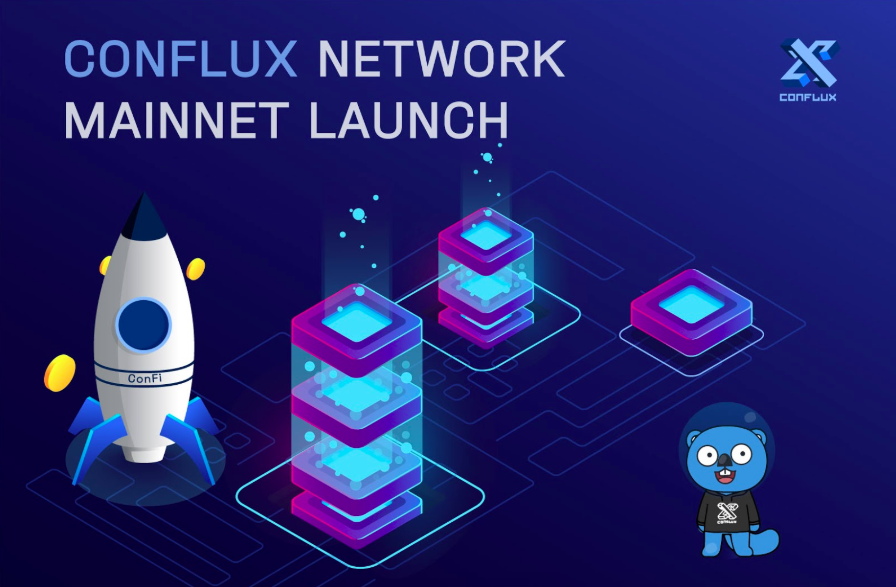

 News1 year ago
News1 year ago
 News2 years ago
News2 years ago
 News3 years ago
News3 years ago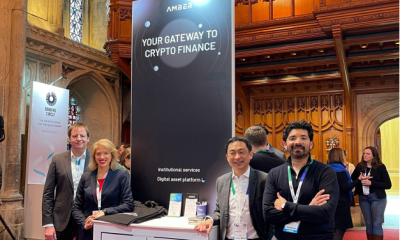
 News2 years ago
News2 years ago
 News2 years ago
News2 years ago
 Sponsored Posts3 years ago
Sponsored Posts3 years ago
 News2 years ago
News2 years ago
 News2 years ago
News2 years ago







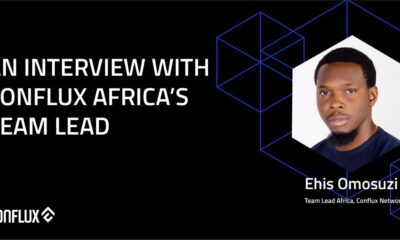








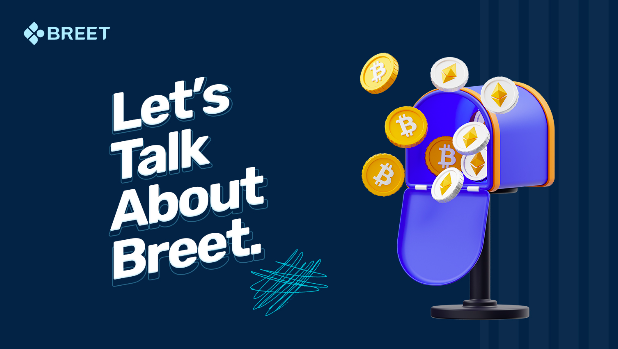


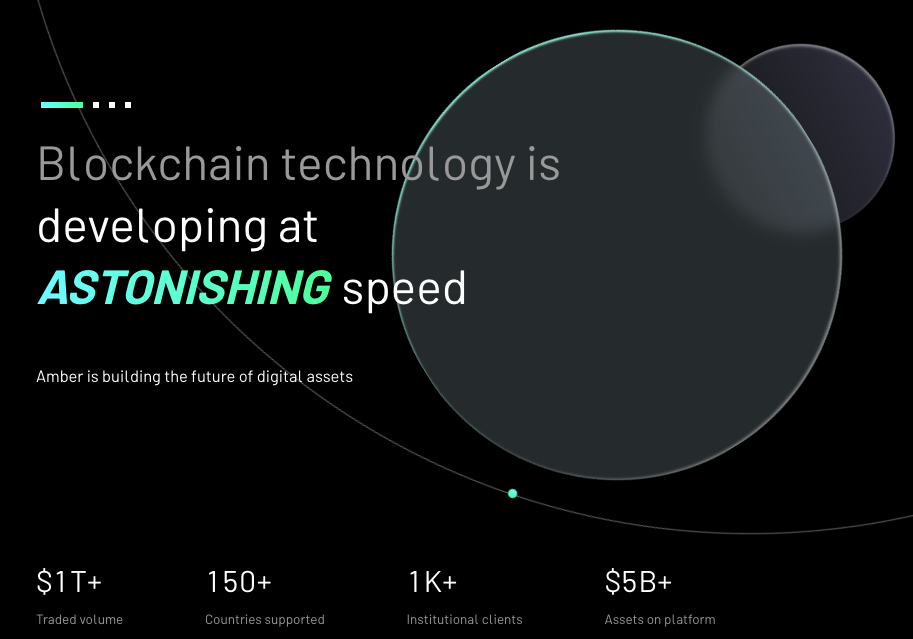
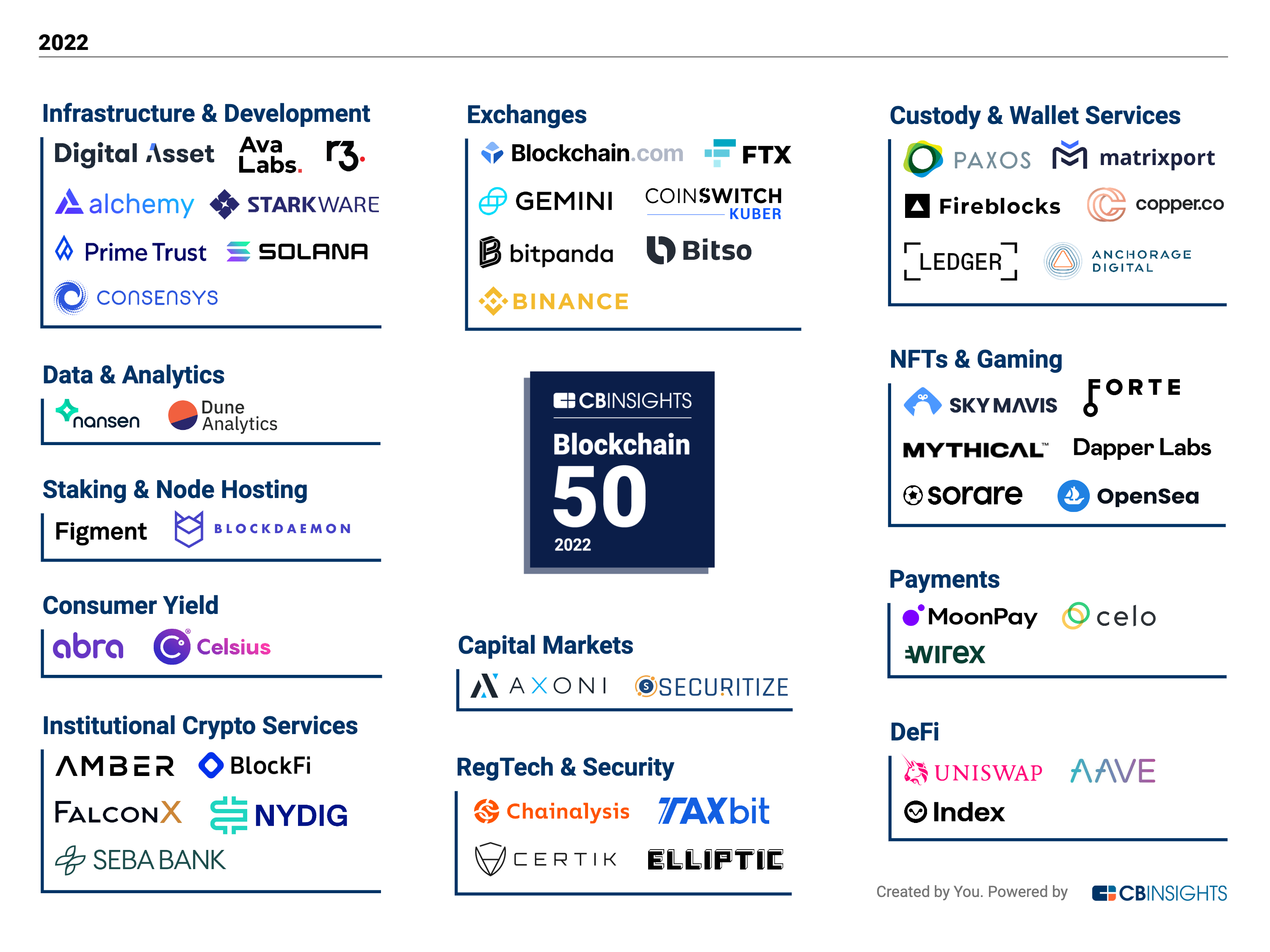
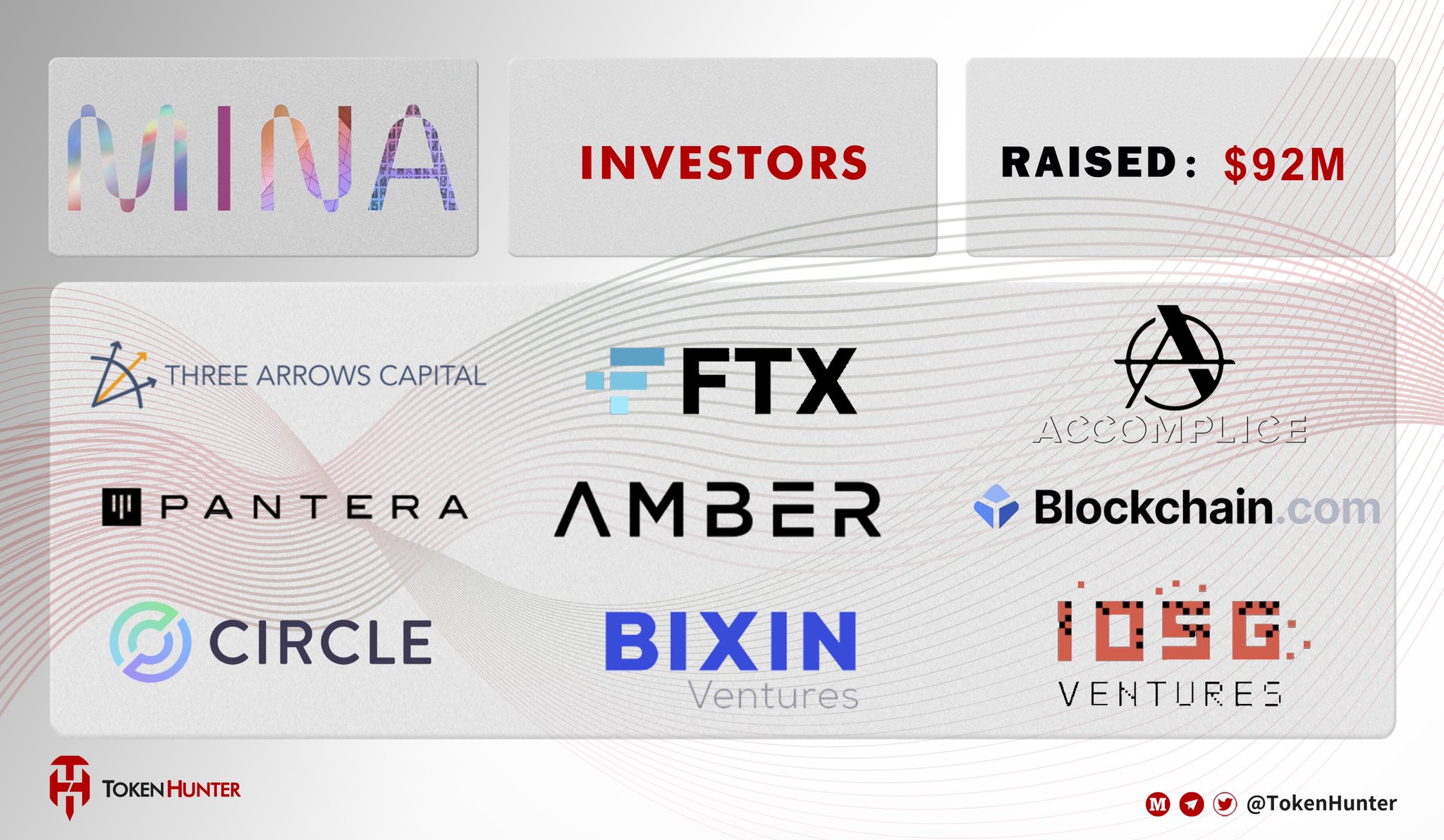

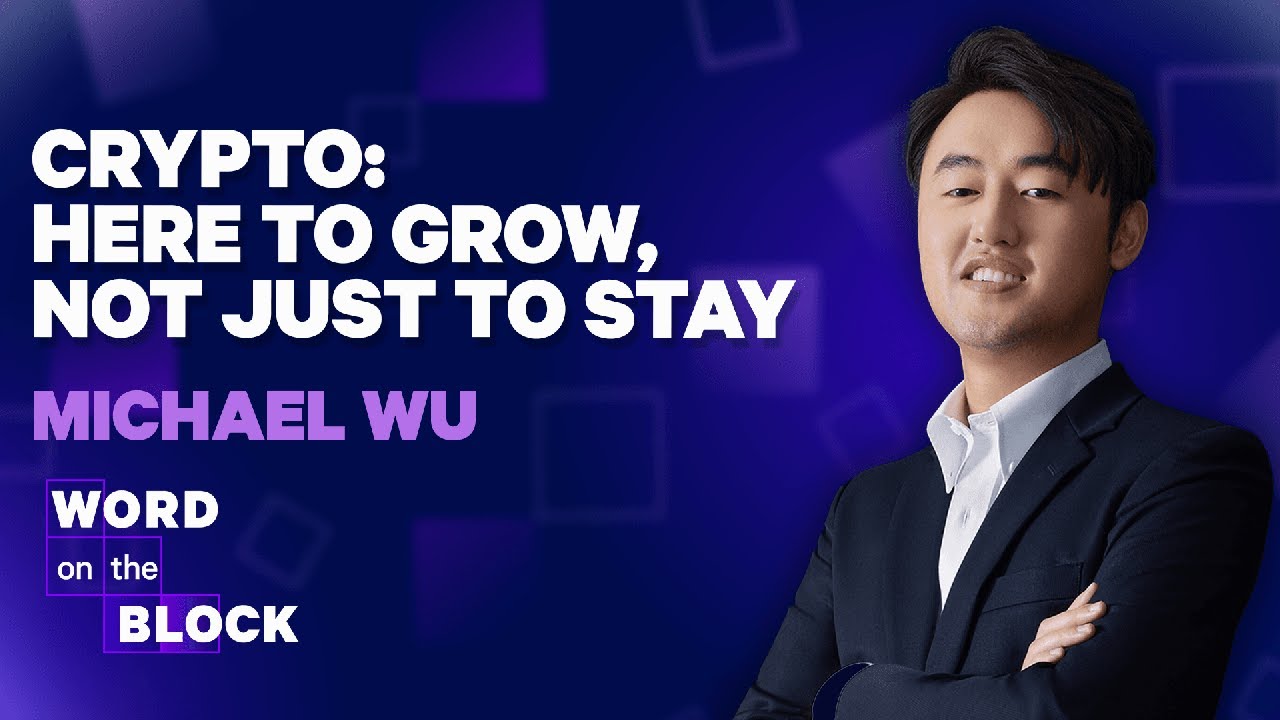

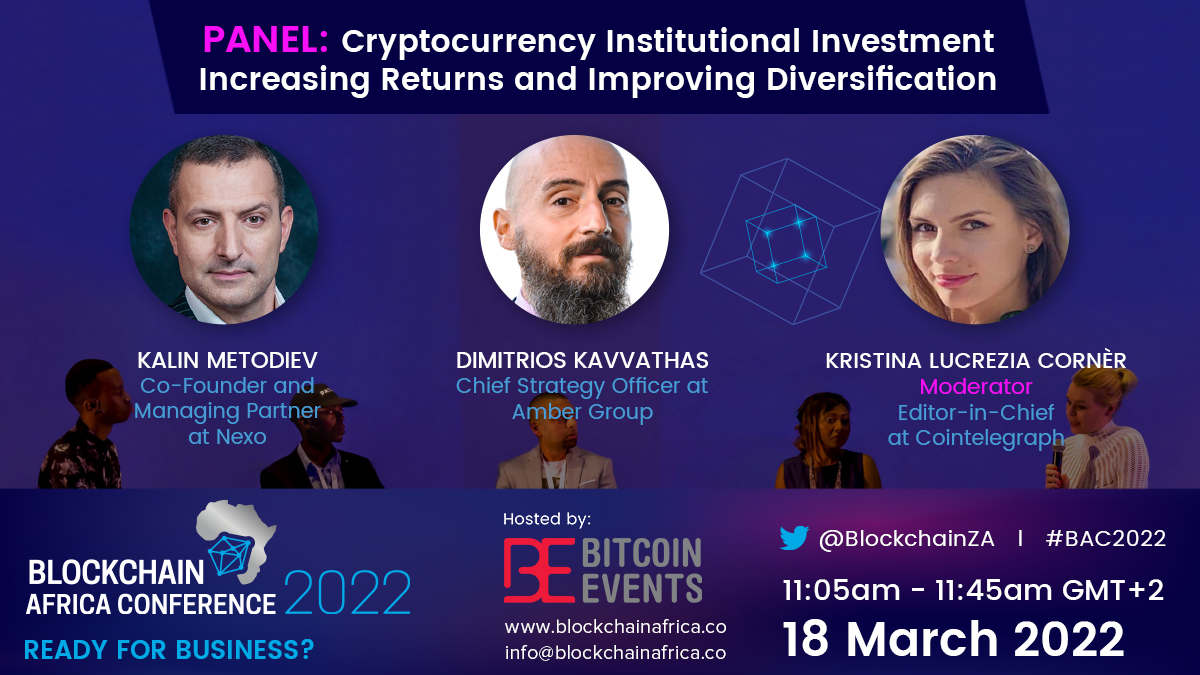
 Rear
Rear